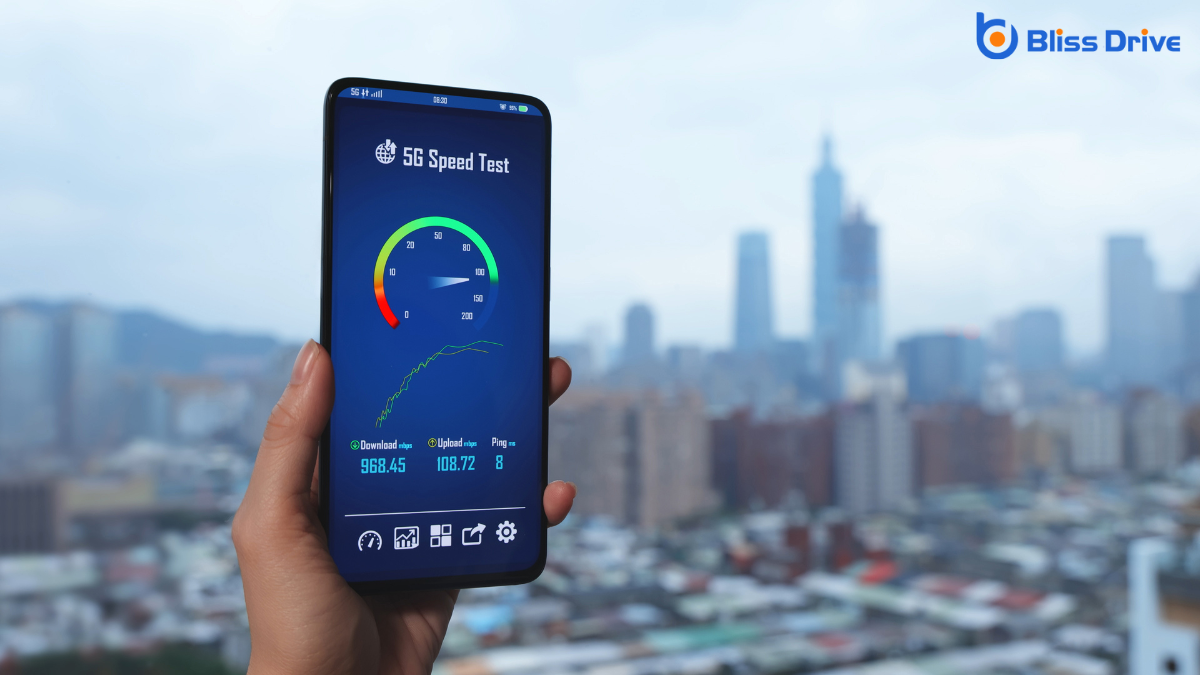Learn More About Us

To optimize mobile menus for SEO and UX, start with clear labels and a logical structure for easy navigation. Ascertain search visibility, prioritize content, and use consistent design. Buttons should be touch-friendly and incorporate natural gestures. Speed up loading times with efficient coding and image sizing. Implement accessibility features, like keyboard navigation, and test performance with metrics like bounce rates. Address these areas to discover deeper insights into enhancing your mobile menu’s impact.
While steering through websites on a smartphone, you've likely encountered the mobile menu, an essential component that greatly influences user experience and SEO. It acts as the primary navigation tool, guiding users to key content swiftly.
When designed effectively, it boosts usability by offering easy access to various site sections without overwhelming the screen space. This simplicity contributes to a seamless browsing experience, reducing bounce rates and increasing user satisfaction.
From an SEO perspective, a well-structured mobile menu guarantees that search engines can efficiently crawl and index your site. It highlights important pages, improving their visibility in search results.

To craft an effective mobile menu, focus on simplicity and functionality. You want users to navigate effortlessly, so prioritize what truly matters.
Start by organizing the menu logically, ensuring users can easily find what they need. A good mobile menu should include:
When designing for touchscreen usability, focus on creating an intuitive and responsive interface that caters to users' touch interactions. Start by guaranteeing buttons and links are large enough for easy tapping. Small targets frustrate users and leadA potential customer referred by an affiliate who has shown interest in the product or service but h... to errors.
Implement ample spacing between elements to prevent accidental clicks. Consider the natural gestures users make, like swiping and pinching, and incorporate them into your design to enhance navigation.
A responsive design adapts to various screen sizes, so test your menu on multiple devices to guarantee consistency. Always provide visual feedback, such as highlighting selected items, to confirm user actions.
This feedback reassures users and keeps them engaged. Remember, a seamless touch experience builds user trust, encouraging them to explore your site further.
Touchscreen usability sets the stage for effective mobile menu design, but even the most intuitive interface falls short without well-prioritized content.
When crafting your mobile menu, think about what your audience needs most and how they'll navigate your site. Prioritize menu items that drive engagementThe interactions that users have with a brand’s content on social media. and provide value.
Here's how to decide what to feature:
Effective prioritization enhances user experience, helping visitors find what they need with ease, which in turn boosts your site's SEO performance.

To optimize your mobile menus, start by prioritizing mobile-friendly layouts that adjust seamlessly to different screen sizes.
Make sure your design enhances touch navigation, allowing users to effortlessly interact with menu items using their fingers.
Although many users rely on mobile devices for daily browsing, not every website offers a seamless experience on smaller screens. You need to prioritize mobile-friendly layouts to guarantee your visitors have a smooth experience.
Implement responsive design techniques to effortlessly adapt your content to various screen sizes. Here's how you can do it:
These steps improve usability and ultimately, your site's SEO performance.
When optimizing your website for mobile users, enhancing touch navigation is essential for a seamless user experience.
Start by guaranteeing that your menus are responsive; they should adapt to different screen sizes and orientations without compromising usability. Implementing larger tap targets will make selections easier and reduce frustration. Focus on spacing elements adequately to prevent accidental taps.
Use clear and intuitive icons that users can quickly recognize, and incorporate swipe gestures where appropriate to streamline navigation.
Always test your design on various devices to guarantee consistent performance. Remember, a well-optimized touch navigation not only improves user satisfaction but also boosts your SEO, as search engines favor websites that offerThe specific product or service being promoted by affiliates. excellent mobile experiences.
Keep refining your approach based on user feedback and analyticsThe systematic computational analysis of data or statistics to gain insights and support decision-ma....
To enhance mobile menu navigation, focus on simplifying the menu structure so users can find what they need quickly.
Prioritize improving clickability by ensuring buttons are easy to tap and links are spaced adequately.
In the quest to enhance mobile menu navigation, simplifying the menu structure is a key step. By making your menu straightforward, you guarantee users effortlessly find what they need, boosting both user experience and SEO.
Consider these tips to streamline your menu:
Although enhancing the clickability design of mobile menus might seem straightforward, achieving an ideal user experience requires careful attention to detail.
You need to take into account the size and spacing of menu items to guarantee they’re easy to tap without errors. Small touch targets can frustrate users, leading them to abandon your site.
Make sure your menu items are large enough to accommodate various finger sizes. Adequate spacing between items prevents accidental clicks, enhancing navigation.
Consistency in font size and style also aids readability, ensuring users can quickly locate what they need.
You should test your design across different devices and screen sizes. This confirms that your mobile menu remains functional and user-friendly, regardless of the technology your audience uses.
When designing a mobile menu, its impact on SEO can’t be overstated. Your mobile menu plays an essential role in how search engines and users perceive your website.
It influences how easily users can navigate your site, affecting both user experience and SEO rankings. To enhance SEO through mobile menu design, consider the following:

To guarantee a fast and smooth user experience, optimizing the speed of your mobile menu is essential. You can start by minimizing the file size of images and icons. Compress them to make certain they load quickly without compromising quality.
Use efficient code, like CSS and JavaScript, to reduce the time it takes for the menu to appear. Lazy loading can be a game-changer, as it prioritizes content above the fold, loading the rest only when needed.
Additionally, keep the number of menu items reasonable to prevent overwhelming users and slowing down the load time. Consider using a content delivery network (CDN)A system of distributed servers that deliver content to users based on their geographic location. to distribute content faster globally.
These steps will help keep users engaged and improve the overall mobile experience.
When you're testing mobile menu performance, focusing on key performance metricsKey indicators used to measure the effectiveness of affiliate marketing efforts, such as clicks, con... is essential.
Pay attention to load times, click-through rates, and bounce rates to understand how well your menu functions.
Also, analyze user interactionAny action taken by a user on social media, such as likes, comments, shares, or retweets. patterns to see how users navigate your site, ensuring a seamless and intuitive experience.
While optimizing your mobile menu for SEO UX, it’s crucial to focus on key performance metrics that reveal how well the menu is serving users and search engines alike.
By analyzing these metrics, you can guarantee that your menu is both user-friendly and optimized for search visibility.
Consider tracking:
These metrics provide valuable insights, helping you refine your mobile menu for improved performance and user satisfaction.
Analyzing key performance metrics lays a strong foundation for understanding how your mobile menu performs, but observing user interaction patterns takes it a step further.
Watch how users navigate your menu. Do they stumble at certain points or abandon the menu altogether? Heatmaps and session recordings can reveal these patterns. They show where users tap or scroll, highlighting which areas need improvement.
Test different menu structures. A/B testingA method of comparing two versions of a web page or app against each other to determine which one pe... lets you compare two versions to see which users prefer. Maybe a simpler design or relocating menu items enhances the user experience.
Gather feedback directly from users to understand their journey better. Pay attention to how quickly they find what they need.
To guarantee your mobile menu is accessible to all users, focus on simplicity and intuitiveness.
Prioritize a design that’s easy for everyone to navigate, including those with disabilities. Here are some best practices to enhance accessibility:
Optimizing mobile menus for SEO and UX is essential for your site's success. By understanding their importance, incorporating key elements, and designing for touchscreen usability, you can enhance user experience. Prioritize your content and implement responsive design techniques to boost engagement. Remember, a well-designed mobile menu impacts SEO positively. Focus on speed optimization and test your menu's performance regularly. Finally, follow best practices for accessibility to guarantee everyone can navigate your site effortlessly.
